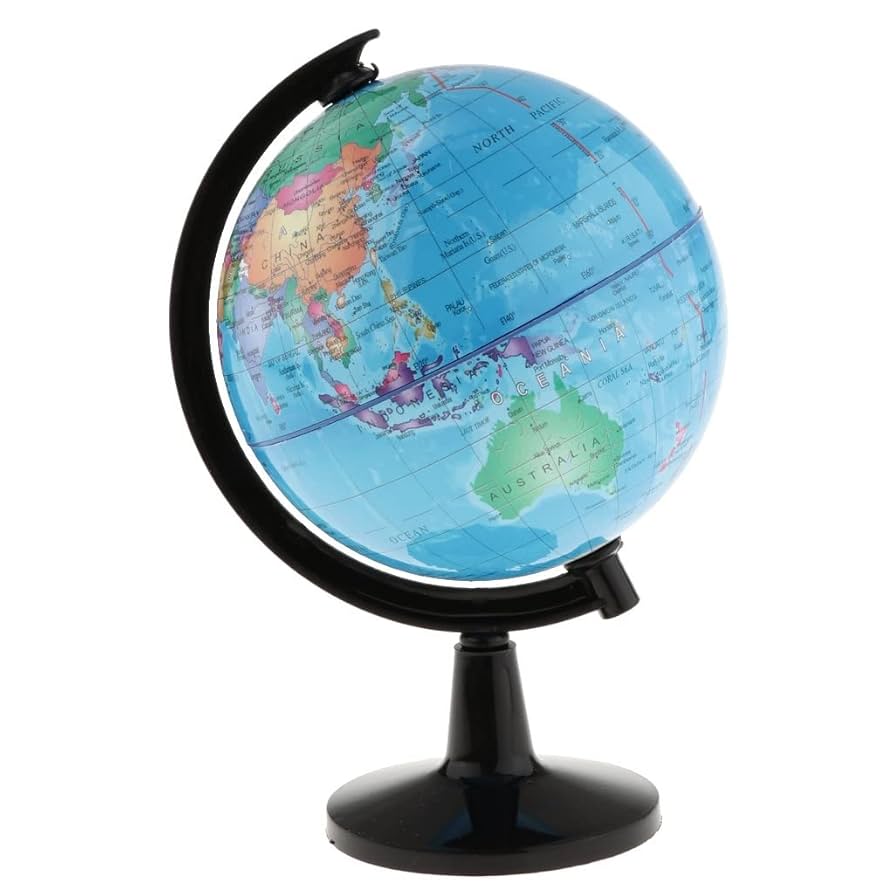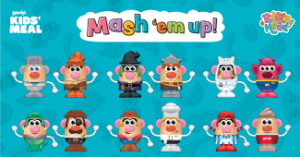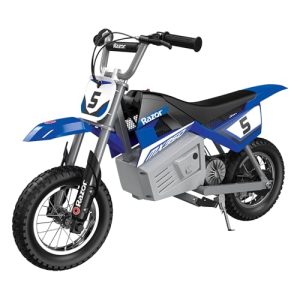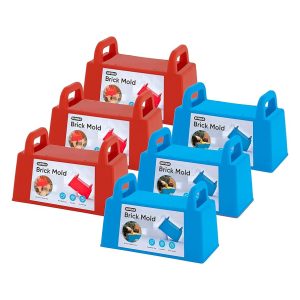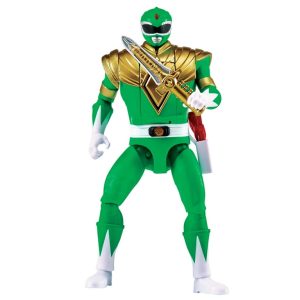Are you looking for a fun and simple way to help your child explore the world right from your living room? A Kids Geography Globe Learning Toy can turn learning into an exciting adventure.
Imagine your child spinning the globe, discovering new countries, and asking questions that spark their curiosity. This isn’t just a toy—it’s a tool that grows their knowledge, improves their focus, and makes geography come alive. Keep reading to find out how this globe can change the way your child learns about the world, making education both fun and unforgettable.
Choosing The Right Globe
Choosing a globe for kids helps them learn about the world. It is important to pick one that fits their needs.
Consider the material, size, and features before buying a globe. These factors affect how useful the globe will be.
Material And Durability
Look for globes made from strong materials like plastic or wood. These last longer and handle rough use by kids.
- Plastic globes are light and easy to clean.
- Wooden globes offer a classic look and good durability.
- Metal parts add extra strength to the stand or frame.
- Check if the paint or print resists fading and scratches.
Size And Portability
Choose a globe size that fits your child’s space and use. Small globes are easy to carry but may lack details.
| Size | Best For | Portability |
| 6 to 8 inches | Small desks, easy storage | High |
| 10 to 12 inches | Bedroom or classroom use | Medium |
| 14 inches or larger | Detailed study, display | Low |
Interactive Features
Globes with interactive features help kids learn faster. Look for options that match your child’s interests.
Common interactive features include:
- Light-up countries or landmarks
- Touch sensors with audio facts
- Augmented reality apps for smartphones
- Rotating globes with easy grip handles
Benefits For Kids
The Kids Geography Globe Learning Toy offers many ways to help children learn. It makes geography fun and easy to understand.
This toy supports a child’s growth by teaching important skills. It helps with thinking about space, cultures, and asking questions.
Enhancing Spatial Awareness
The globe helps kids see how places fit together on Earth. It builds their ability to understand maps and directions.
- Improves ability to judge distances and sizes
- Teaches relationships between countries and continents
- Supports learning about the Earth’s layout
Boosting Cultural Knowledge
Children learn about different countries and cultures with the globe. It shows where people live and what makes each place special.
| Country | Famous Landmark | Language |
| France | Eiffel Tower | French |
| Japan | Mount Fuji | Japanese |
| Brazil | Christ the Redeemer | Portuguese |
Encouraging Curiosity
The globe invites kids to ask questions and explore. It motivates them to learn about places beyond their home.
Ways kids explore with the globe:
- Spinning the globe to find new countries
- Using it to learn about climates and animals
- Comparing sizes of continents and oceans
- Discussing travel and adventure ideas
Incorporating Play And Learning
Kids learn best when they play. A geography globe toy helps children explore the world in a fun way.
This toy mixes play with learning. It teaches children about countries, oceans, and cultures through hands-on activities.
Games And Quizzes
Playing games with the globe makes learning exciting. Quizzes test kids’ knowledge about places and facts.
Games can include finding countries or naming capitals. Quizzes help improve memory and map skills.
- Find a country by its shape or color
- Name the capital city of a country
- Identify oceans and major rivers
- Match flags with their countries
Storytelling With Maps
Maps on the globe tell stories about places. Kids can learn about history, animals, and cultures by exploring.
Parents and teachers can create stories about travel or ancient times. This helps children imagine and remember facts.
- Tell stories about famous landmarks
- Discuss animals native to different regions
- Explore cultural traditions around the world
- Share tales of explorers and travelers
Hands-on Activities
Kids learn better by touching and moving things. Spinning the globe and pointing to places makes learning active.
Hands-on activities include marking places with stickers or using the globe for simple puzzles. This keeps children engaged.
- Spin the globe and name where your finger lands
- Use stickers to mark visited or dream destinations
- Trace routes between countries
- Match physical features like mountains and rivers on the globe
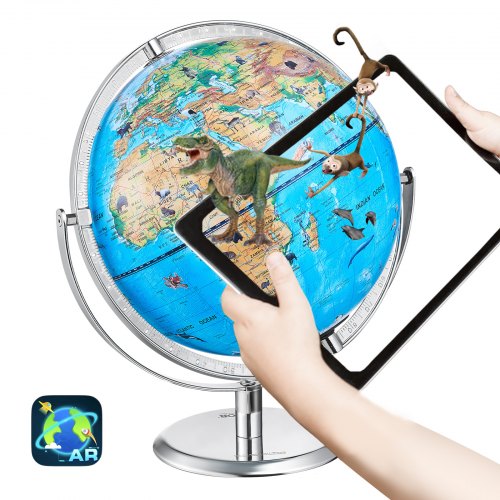
Credit: www.vevor.ca
Tech-enhanced Globes
Tech-enhanced globes bring geography to life for kids. They use new tools to make learning fun and easy.
These globes combine physical maps with technology. This helps children explore the world in a fresh way.
Augmented Reality Integration
Some globes connect with apps that show 3D images on screens. Kids can see animals, landmarks, and weather patterns pop up.
- View continents and countries in 3D
- Explore wildlife habitats interactively
- Learn about climate zones with animations
App Compatibility
Many tech globes link to smartphone or tablet apps. These apps add facts, quizzes, and games to help learning.
| Device | Supported Systems | Features |
| Smartphone | iOS, Android | AR views, quizzes, videos |
| Tablet | iOS, Android | Interactive maps, games, facts |
| Desktop | Windows, Mac | Detailed lessons, downloads |
Interactive Voice Features
Some globes have voice features that answer questions. Kids can ask about countries, capitals, and landmarks.
Tips For Parents And Educators
Kids learn best when they explore and have clear goals. Using a geography globe toy can help children understand the world around them. Parents and educators can guide this learning to make it fun and meaningful.
This guide shares simple tips to support children as they discover geography through play and curiosity.
Setting Learning Goals
Start by setting small goals for your child’s geography learning. Goals give focus and help track progress. Choose goals that fit your child’s age and interests.
- Learn the names of continents and oceans
- Identify countries on the globe
- Understand basic landforms like mountains and rivers
- Discover where different animals live
- Talk about different cultures and traditions
Making Geography Fun
Use the globe toy to play games and tell stories. Fun activities keep kids interested and help them remember facts.
| Activity | Description |
| Spin and Point | Spin the globe and name the country your finger lands on |
| Animal Hunt | Find animals from different continents on the globe |
| Story Time | Create stories about places and people around the world |
| Quiz Game | Ask questions about countries, capitals, or landmarks |
Encouraging Exploration
Let children explore the globe on their own. Encourage questions and curiosity. Give them time to discover new places and ideas.
Try these tips to support exploration:
- Ask open questions like “What do you see here?”
- Provide books or videos about different countries
- Use stickers or markers to track places visited or learned about
- Plan virtual or real trips to explore cultures and geography

Credit: www.ebay.ca

Credit: www.amazon.ca
Frequently Asked Questions
What Age Is Ideal For Kids Geography Globe Learning Toys?
Kids geography globe learning toys are best for ages 3 to 10. They help develop spatial awareness and world knowledge early. The toys are designed to be safe and engaging for young children. Early exposure builds curiosity about geography and cultures worldwide.
How Do Geography Globe Toys Improve Children’s Learning?
Geography globe toys enhance learning by making geography interactive and fun. Kids explore countries, oceans, and landmarks visually. This hands-on experience improves memory and understanding of world geography. It also encourages questions and further learning about global diversity.
Are Kids Geography Globe Toys Educational And Entertaining?
Yes, these toys combine education with entertainment effectively. They teach geography facts while keeping kids engaged. Bright colors, interactive features, and fun facts hold children’s attention. This blend ensures kids enjoy learning and retain information longer.
What Features Should I Look For In A Kids Globe Toy?
Look for clear labels, durable materials, and interactive elements. Features like lights, sounds, or quizzes boost engagement and learning. Age-appropriate size and safety certifications are important. A globe with updated political and physical maps offers accurate geography knowledge.
Conclusion
A kids geography globe learning toy helps children explore the world. It makes learning fun and easy. Kids see countries, oceans, and landmarks up close. This tool encourages curiosity and questions about places. Parents and teachers can use it for lessons and play.
It supports better memory by showing real images. Kids build knowledge step by step, at their own pace. A globe adds value to any learning space. Simple, hands-on tools like this make education exciting. Give kids a chance to discover the world today.

